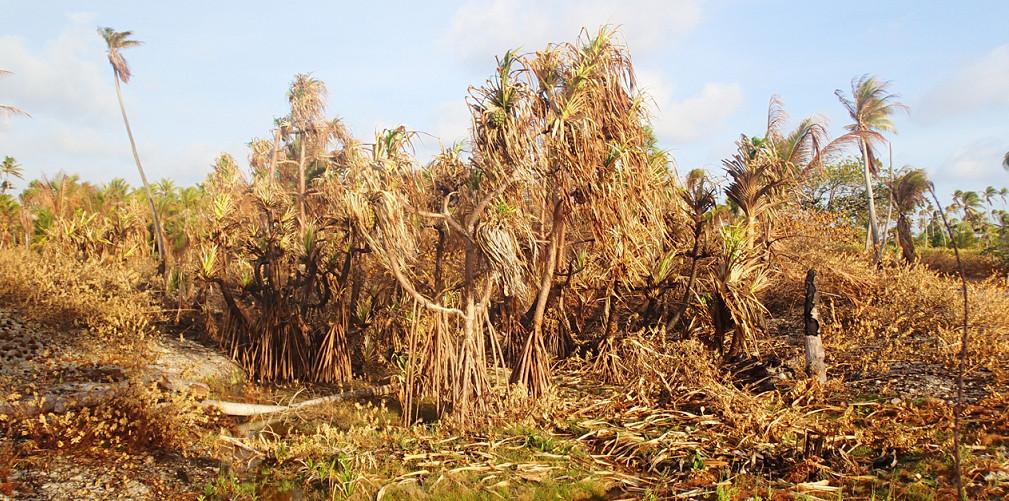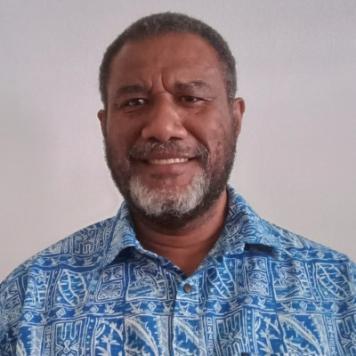Do you know that our ecosystems are connected? Have you ever taken the time to learn that our soil ecosystems, water ecosystems, forest ecosystems and marine ecosystems are all linked? Do you ever wonder that if you exploit one of the ecosystems it will affect the others? Ecosystems connect people, land, water and wildlife and have a role in the regulation of climatic conditions. Just imagine how you will get water if the rivers and lakes dry up. This is what can happen if there is no vegetation or forests or trees to cover our land surfaces. With no vegetation, water on land will evaporate at a faster rate. Less trees also translates to less rainfall, which eventually leads to drought.
Reduced stream and river flows can increase the concentration of pollutants in water and cause stagnation. Higher water temperatures in lakes and reservoirs lead to reduced oxygen levels. These levels can affect fish and other aquatic life and water quality.
Runoff from drought-related wildfires can carry extra sediment, ash, charcoal, and woody debris to surface waters, killing fish and other aquatic life by decreasing oxygen levels in the water.
The World Day to Combat Desertification and Drought, held on June 17 this year, aims to raise awareness of these environmental problems and to demonstrate that it is possible to combat them effectively.
This year, the theme "Overcoming drought together" focuses on the urgency of adopting policies and measures at local, regional and global levels to avoid the effects of desertification and drought, as well as to build societies that are more resilient to these environmental problems.
Despite being surrounded by the world’s largest ocean, and the abundant rainfall they often receive, our Pacific Islands are not immune to these problems. Here in the Pacific we are facing the devastating impacts of climate change, including increasing droughts and water scarcity, coastal flooding and erosion, changes in rainfall that affect ecosystems and food production, and adverse impacts to human health.
The UNCCD (United Nations Convention to Combat Desertification) reported that between 1900 and 2019, droughts affected 2.7 billion people worldwide and caused 11.7 million deaths. Moreover, current scientific forecasts predict that droughts will increase in number and could affect more than three quarters of the world's population by 2050.
Desertification is ultimately expected to lead to the irreversible deterioration and availability of land-based natural resources such as soil, water and vegetation, limiting development opportunities and living conditions of the populations affected by it.
Forests and sustainable land use are therefore essential climate solutions. They can mitigate climate change, benefit people, and protect the environment. More effective land use can protect the climate by reducing carbon emissions and preserving natural carbon sinks.
Climate-smart agriculture is defined as an integrated approach to managing cropland, livestock, forests and fisheries that aims to support food security under the new realities of climate change through sustainable and equitable transitions for agricultural systems and livelihoods across scales. It is designed to increase productivity (i.e., produce more food and boost local incomes), enhance the ability of communities to adapt to climate change and weather extremes, and decrease greenhouse gas emissions caused by food production.
The SPC Land Resources Division through its Genetic Resources work theme, as well as its Sustainable Forests and Landscape Management, Sustainable Agriculture and Markets for Livelihood work themes, is supporting its Pacific Islands member countries and territories to sustainably manage their natural resources and enhance resilience against extreme weather events. One example of this work is LRD’s research on drought tolerant crops, as well as its support for member countries and territories with biophysical surveys, land use planning, agriculture and forestry best practices and support for policy and regulatory frameworks. SPC promotes the “whole island approach” to develop and improve livelihoods through the sustainable utilisation of natural resources.
When implemented in an island context, this approach will support all ecosystems through benefits such as reducing sediment in coastal zones through taro swamps, reducing pressure on wild-caught fisheries, reducing pollutants from fertilizers and more.
As SPC broadens and refines this invaluable work, we are progressing in our goal to bring about drought resilient Pacific communities. Together, we can overcome the devastating effects of drought on people and nature not only in our region, but around the world, and start preparing now to drought-proof our future.

